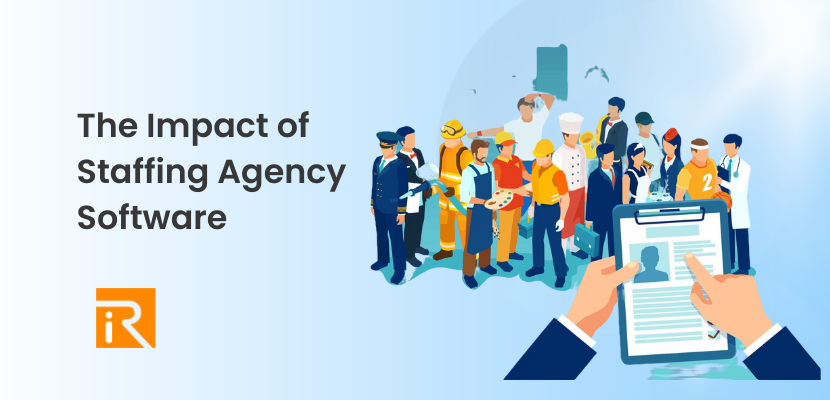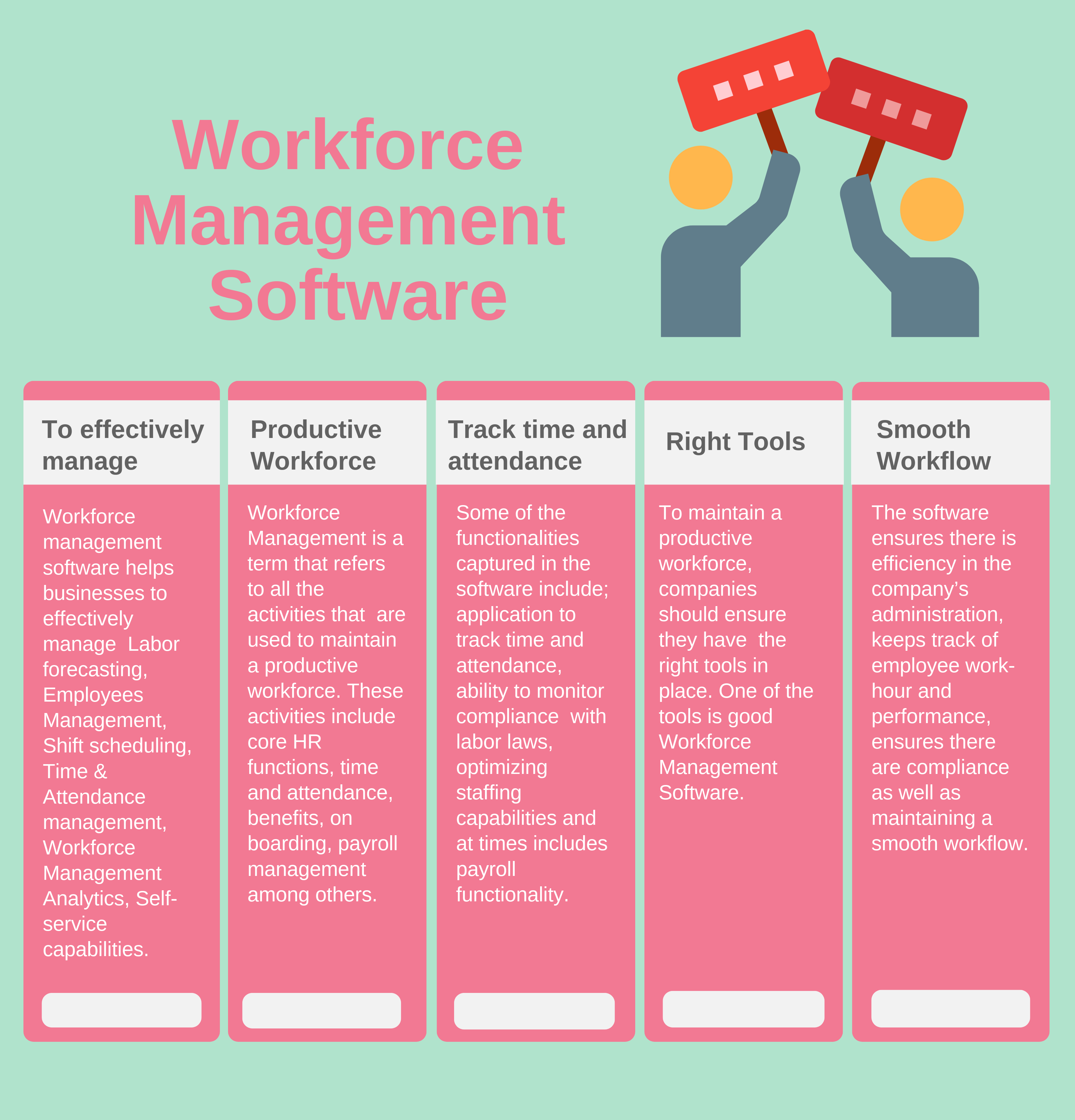Enhance Workflow with Advanced Staffing Management Software
Enhance Workflow with Advanced Staffing Management Software
Blog Article
Unleashing the Power of Data: Enhancing HR Techniques With Cutting-Edge Staffing Administration Software Application
In the quickly progressing landscape of personnels, the use of information has ended up being a critical force in shaping business success. As firms make every effort to remain affordable and active, the integration of cutting-edge staffing management software program attracts attention as a transformative device in enhancing HR processes. By using the power of information analytics, organizations can not only boost their employment techniques but additionally optimize employee retention and performance. The harmony between data-driven understandings and progressed technology offers a compelling opportunity for human resources experts to revolutionize their strategy towards talent monitoring.
Relevance of Data-Driven Human Resources Techniques
Data-driven Human resources strategies enable business to enhance their labor force administration, employment procedures, and staff member involvement initiatives. By analyzing data related to employee performance, turnover rates, and skill gaps, HR departments can identify trends, predict future needs, and develop proactive solutions to address challenges.
Data-driven human resources approaches also play an important function in enhancing employee fulfillment and retention. With the evaluation of worker feedback, performance reviews, and training end results, human resources experts can tailor individual growth strategies, acknowledge high-potential employees, and foster a society of constant discovering and growth within the company. Additionally, data-driven insights enable human resources teams to straighten their strategies with the overall organization goals, making sure that talent management initiatives directly add to business success.
Benefits of Staffing Administration Software
Using staffing management software program improves the employment and onboarding processes for human resources departments, improving efficiency and precision in talent procurement. One significant benefit of this software is the capability to centralize candidate information, making it easily obtainable for recruitment teams. By having all candidate information in one location, human resources professionals can successfully track candidate development, connect efficiently with prospective hires, and make certain a seamless employment experience.
In addition, staffing management software application frequently includes attributes such as return to parsing and key phrase matching, which help in rapidly determining top candidates that match the task requirements. This automation reduces the time invested in manual resume evaluating, enabling human resources team to concentrate on even more tactical tasks. staffing management software. In addition, these systems can incorporate with work boards and social networks systems, broadening the reach of work posts and attracting a diverse pool of candidates
Furthermore, analytics and reporting devices within staffing monitoring software offer valuable insights into employment metrics, such as time-to-fill and cost-per-hire. This data-driven strategy enables HR teams to make educated decisions, optimize employment methods, and boost overall hiring procedures. By leveraging these benefits, organizations can improve their skill acquisition initiatives, boost prospect experience, and eventually develop a strong workforce.
Enhancing Recruitment Procedures With Information
By leveraging data, companies can make even more informed decisions throughout the employment lifecycle, ultimately leading to far better hires and improved retention prices. One essential means data boosts recruitment procedures is by optimizing work postings based on understandings from previous successful hires.
Furthermore, information analytics can simplify the screening and selection process by determining patterns in prospect certifications and performance indicators. In general, incorporating information right into employment procedures encourages companies to make smarter working with choices and build high-performing teams.
Improving Employee Retention Through Technology

One means innovation can improve worker retention is with using employee engagement systems. These systems permit for real-time comments, recognition, and communication in between workers and management, fostering a culture of appreciation and support. Furthermore, innovation can make it possible for individualized learning and development programs tailored to individual staff member demands and job ambitions, boosting task fulfillment and commitment.
Additionally, data analytics devices can assist organizations identify patterns and patterns connected to staff member turnover, enabling them to take proactive steps to address prospective problems prior to they escalate. In general, by leveraging innovation efficiently, companies can produce a more encouraging and engaging work setting that encourages workers to stay and grow within the company.
Making The Most Of Labor Force Performance With Information

Through the evaluation of data, HR divisions can recognize patterns and trends that affect productivity degrees. By tracking staff member job hours and task completion rates, companies can enhance work schedules to ensure that jobs are efficiently dispersed among team participants. Additionally, information can expose skill gaps within the workforce, allowing human resources to apply targeted training programs that boost employee abilities and general performance.
Moreover, data-driven performance analyses allow managers to give particular feedback and support to employees, promoting a culture of continual improvement. In general, leveraging information to make best use of workforce productivity is a tactical method that empowers organizations to attain their goals successfully and successfully.
Conclusion
Finally, utilizing cutting-edge staffing administration software program can considerably boost human resources approaches by leveraging the power of data. By incorporating data-driven recruitment processes, enhancing employee retention with innovation, and maximizing workforce efficiency, companies can enhance their procedures, make more informed decisions, and eventually achieve higher success in managing their human capital. Welcoming these technological improvements is vital in the ever-evolving landscape of human resource administration.
Data-driven HR strategies enable business to optimize their workforce management, employment processes, and staff member interaction efforts. By analyzing information related to worker efficiency, turnover prices, and skill spaces, Human resources divisions can recognize trends, predict future requirements, and establish positive remedies to resolve challenges.

Report this page